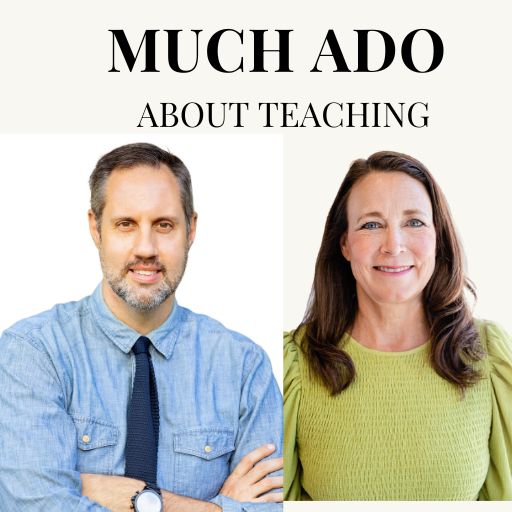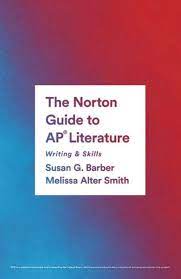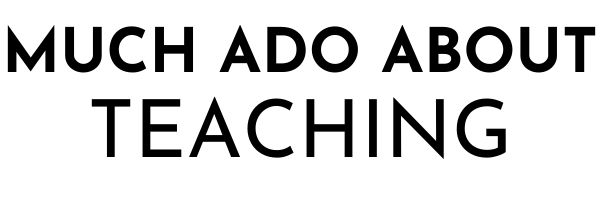This June I served on the AP® Standard Setting Panel. I know that many of you have questions about the increased pass rate, and I know that I would have been firmly among the group of cynics myself if I had not been involved in the process. (Something about teaching the last two years has diminished my perpetual optimism.) I wanted to share my experience with everyone who has been curious.
Full disclosure, I, too, have been salty about the AP® Exam in the past. There have been students that I KNEW would pass. There have been students I would have bet teeth would get a passing score, only to see their report say 2. I imagine many of you have had the same experience. To be totally transparent, I teach in rural South Arkansas at a diverse Title I school with 75-110 students taking AP® Literature each year. On a really good year, I pass 50% of my students. I have heard countless tales of our students who didn’t pass the AP® Exam later earning the highest grades in their college English courses. Like many of you, I have felt that some of the expectations of the exam are a little unreasonable. At no point in my life have I been locked in a room for forty minutes with a random excerpt by Nathaniel Hawthorne and asked to analyze an unnamed narrator’s complex attitude toward another complex character. I would bet that most of our classes are taught at a higher level than many introductory college literature courses.
I didn’t know what I had exactly signed up for when I attended the pre-meeting in early June. I fought off a bit of imposter syndrome as the most junior member of the panel with just nine years of teaching experience, seven teaching AP® Literature. For some reason, I was also worried that the professors from prestigious universities would be more critical than the AP® teachers involved. I felt oddly protective of our students. From the start, College Board told us the purpose of the panel was to align the AP® Scores of 3, 4, and 5 with college grade level equivalents (A, B, C, D) and the Achievement Level Descriptions.
The work we did was in two sections- multiple choice and free response. We got a chance to take the 2022 Operational Multiple Choice test. (I can’t say too much here, but if you are following the CED you are doing right by our kids!) Then the multiple choice questions were ranked in difficulty from easiest to most difficult. We were asked to align sections of the test with the different achievement level descriptions, reading through each question asking ourselves, “Could the boardline 3 student get this question correct with 66.7% accuracy?” If the answer was yes, we moved onto the next question. If the answer was no, we looked forward through five additional questions to be sure before placing a “bookmark.” After placing my first round of bookmarks, I had no idea what other panelists had done. Interestingly, after we met in small groups our numbers were very closely aligned. We then discussed in whole groups and were allowed to place a second round of bookmarks. The goal was not necessarily consensus; it was perspective sharing.
After working through the multiple choice, we began analyzing the different levels of achievement for the free response questions. Before the standard setting panel, we were given a range of actual student samples from the three prompts and asked to assign each an achievement level. My concern about the professors being more punitive was definitely misplaced; if anything, I was the more critical one. This process really pushed me to examine my biases and perceptions of timed student writing. Unlike other exams, the AP® Literature free response test really assesses the same skills on the different prompts, providing different stimuli. Considering that, does a student have to perform a skill perfectly in all three essays to prove that they have mastered that standard? What does mastery look like in a timed setting? After analyzing student profiles, we were asked to place bookmarks again to determine the different cut off ranges.
Throughout this process we were not placing bookmarks to pass a specific number of students. We were placing bookmarks to align with college course expectations, the rigor of the exam, and achievement levels. In my own classroom, I do not stop giving out As on papers after the tenth A; every student who deserves an A gets an A. The AP® Literature test is a criterion referenced test, not a norm referenced test. Additionally, the College Board facilitators served as very neutral parties. Even as they listened to conversations in our breakout rooms, they often would reply, “These are all really good points to consider.” They were very committed to this work being unbiased and uninfluenced by College Board. At the very end, we were allowed to see the number of students that would pass based on our cut scores, and I was elated. I knew we had worked through a rigorous and fair process with multiple voices and perspectives, and our students had shined.
I did not know what to expect when I was chosen for the panel. But I know I did not expect to leave transformed and rejuvenated. The professors’ profuse thank yous for the work AP® Literature teachers are doing and the data that our students are outperforming their peers left me empowered. I felt seen by College Board. They see what we are doing in our classrooms and the amazing feats our students are able to accomplish. Please know the work we are doing is so incredibly important. Some people, I know, are concerned that this will “lower the standard.” I just don’t think that is true. If anything, I plan to teach harder and more vibrantly this fall after this validation of our work. I plan to search more intently to find poems, novels, and short stories that move my students. I plan to keep the bar high and watch my students exceed their wildest dreams. And I am glad we have each other as a resource and source of encouragement for the year ahead.

Clair Antoon-Newton teaches AP Literature and mentors new teachers at El Dorado High School, as well as working as an adjunct English Instructor at South Arkansas Community College. Clair has a Master’s degree in Curriculum and Instruction from South Arkansas University and is currently pursuing a Master’s in Literature from Louisiana Tech University. When not at the schoolhouse, she enjoys playing board games with her family and hiking in Arkansas’s beautiful state parks. She can’t wait to begin her tenth year in the classroom and eighth year teaching AP Literature.
Cover Photo by Nguyen Dang Hoang Nhu on Unsplash












